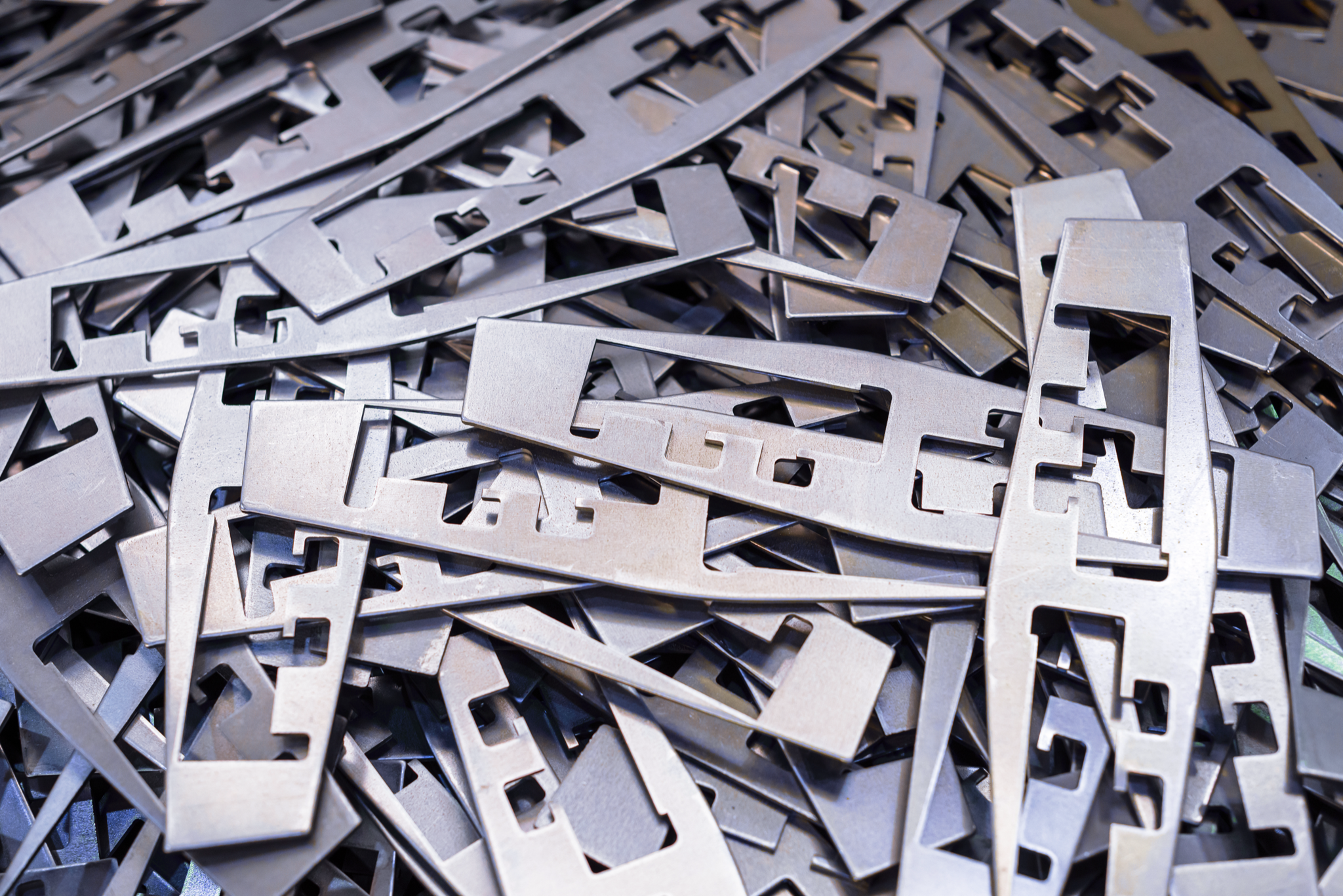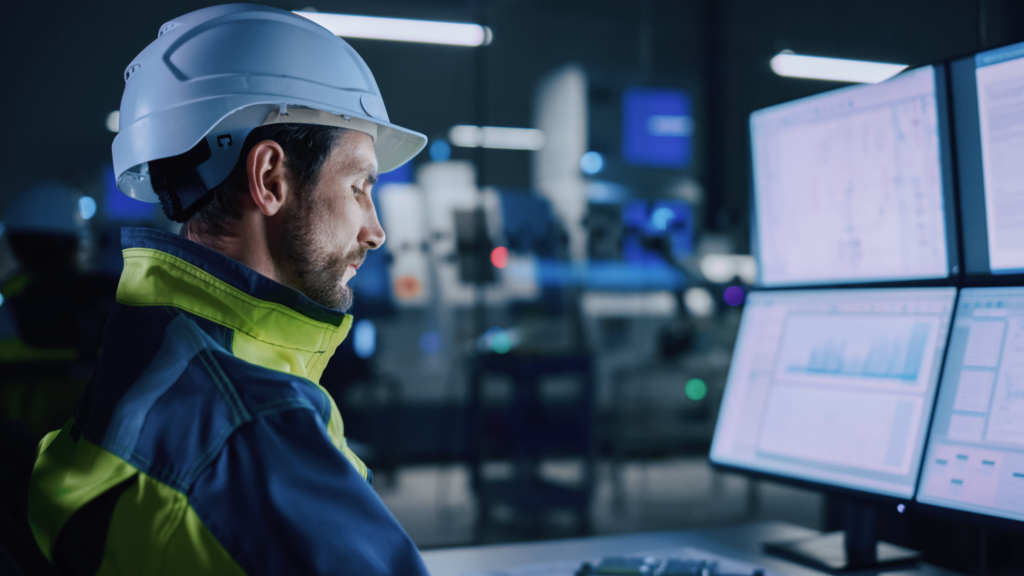Interesting Photochemical Etching Facts that Newbies Should Be Aware Of
December 2022
Photochemical etching is a method used for creating thin metal parts. It also goes by the spelling “photo chemical etching” and is also commonly known as photochemical machining (PCM) or metal etching. Since 1969 United Western Enterprises has been nationally recognized as the company offering the best photochemical etching services for all industries, and for a wide range of devices and products.
What Is Photochemical Etching?
Photochemical etching is a subtractive machining process categorized in a non-traditional category that embraces chemical and photographic techniques to shape metal pieces for components that span a wide range of product types and industries. When clients send designs they are typically submitted as a DFX or DWG file. In some cases, drawings are submitted that are used to create protocols, and this can be done via e-mail or the standard post. Then, technicians convert the drawing into a working protocol and make any needed adjustments or shifts in the overall design to make the project move faster and to be more cost-effective.
Once a type of metal sheet is selected, the developed design is laid onto the metal using a photo resistant method, and a strong chemical solution is poured over the piece only removing the parts of the metal that are unwanted portions not relevant to the design itself. Once the excess is removed, engineers are left with flawless shapes and clean, sharp edges free from cracks, burrs, and other deformities common in other metal cutting procedures.
Metal Thickness Drives Photochemical Etching
The best photochemical etching companies understand that metal thickness and dimensional tolerances determine photochemical etching. Here are some important things to consider:
- Etching speed is .001” – .002” per minute, according to the alloy, and that determines overall time of etching
- Minimum land area or ligature is, for the most part, not less than the actual metal thickness
- Minimum radius dimensions are never less than 7- percent of the metal’s thickness
- Minimum slot or hole dimension is 110 percent of metal thickness
- The minimum dimensional tolerance is +/-15% of thickness, to a practical minimum of +/-.0015″ on metals .010″ and less
Common Metals That Can Be Etched by Ferric Chloride
Ferric chloride is slightly soluble in water and is an orange-brown to orange solid that is non combustible. When it gets wet it is corrosive to aluminum and most metal types. Ferric chloride is very powerful as it is used to purify water, treat sewage, and it is used for engraving circuit boards while also aiding in the manufacturing of other chemicals.
Metals commonly etched using ferric chloride include:
- Spring
- Carbon
- Silicon steels
- Stainless steels
- Brass
- Copper
- Nickel
- Nickel-iron
- Kovar (but not Havar)
- Nickel-copper
- Bronze
- Muntz
- Phosphor
- Tin
- Manganese
- Aluminum (not anodized)
- Indium
- Zinc
- Chromium
- “Super alloys”
Certain thin metal parts used for specific products require a precise metal, and because photochemical etching can be used on a wide range of metals with limited risks, it is a highly popular option for manufacturing metal components.
Photochemical Etching Is Ideal for Micro Manufacturing
Micromanufacturing is on the rise and has become one of the biggest trends in manufacturing. Micro manufacturing is used to create very small metal pieces with extremely fine substrate surfaces. This method is used to create mechanical and electronic components using photochemical etching, and other microfabrication techniques, but photochemical etching is proven to be the best method for avoiding tiny burrs and other deformities. This enables designers and engineers to create microscopic devices for a wide array of products in multiple industries.
As science and innovation progress, components are getting smaller and therefore so too are the parts inside them that must be created without having a negative impact on performance. This is the case for a wide range of verticals that range from medical equipment to microelectronics, to RF and microwave to finished products–all that are getting smaller at a rapid rate.
Some fabrication methods create obstacles of limitations. For example, laser cutting, metal stamping, and wire EDM create more problems when thin metal parts require miniscule dimensions. These methods have a high rate of mechanical and thermal distortions that impact tolerances and recast layers can be created due to burring or extreme heat created during the cutting process. For micromanufacturing even, the most miniscule aberration can ruin the integrity of a final part.

Photochemical etching provides the best solution to these problems due to the fact there are no extreme temperatures in the manufacturing process, nor is there strong force used such as that seen in stamping. Photochemical etching is an ideal protocol in which a stencil reflecting the final part design is printed onto a select piece of metal in a photoresist layer. The etchant dissolves the unwanted material left exposed, leaving only the final part enabling an accurate product that can be mass produced in a repeatable process saving companies a great degree of money.
Call United Western Enterprises to Learn More About the Best Photochemical Etching Services in the US
United Western Enterprises has 54 years of experience creating and designing thin metal parts of all sizes for a wide range of industries, and we are national leaders in the photochemical etching process. Send us your design file and give us a call to learn more about our process, get an estimate, and discover how a partnership with our photochemical etching team can help you reach your growth goals and dominate your industry with superior products.
